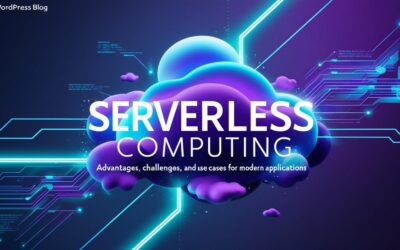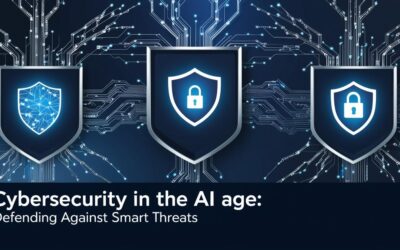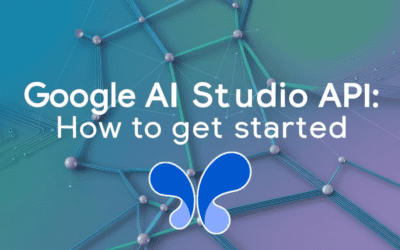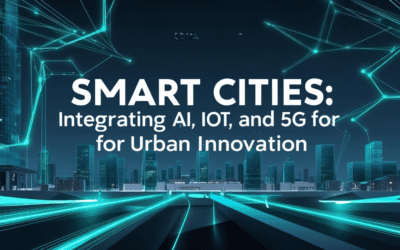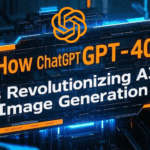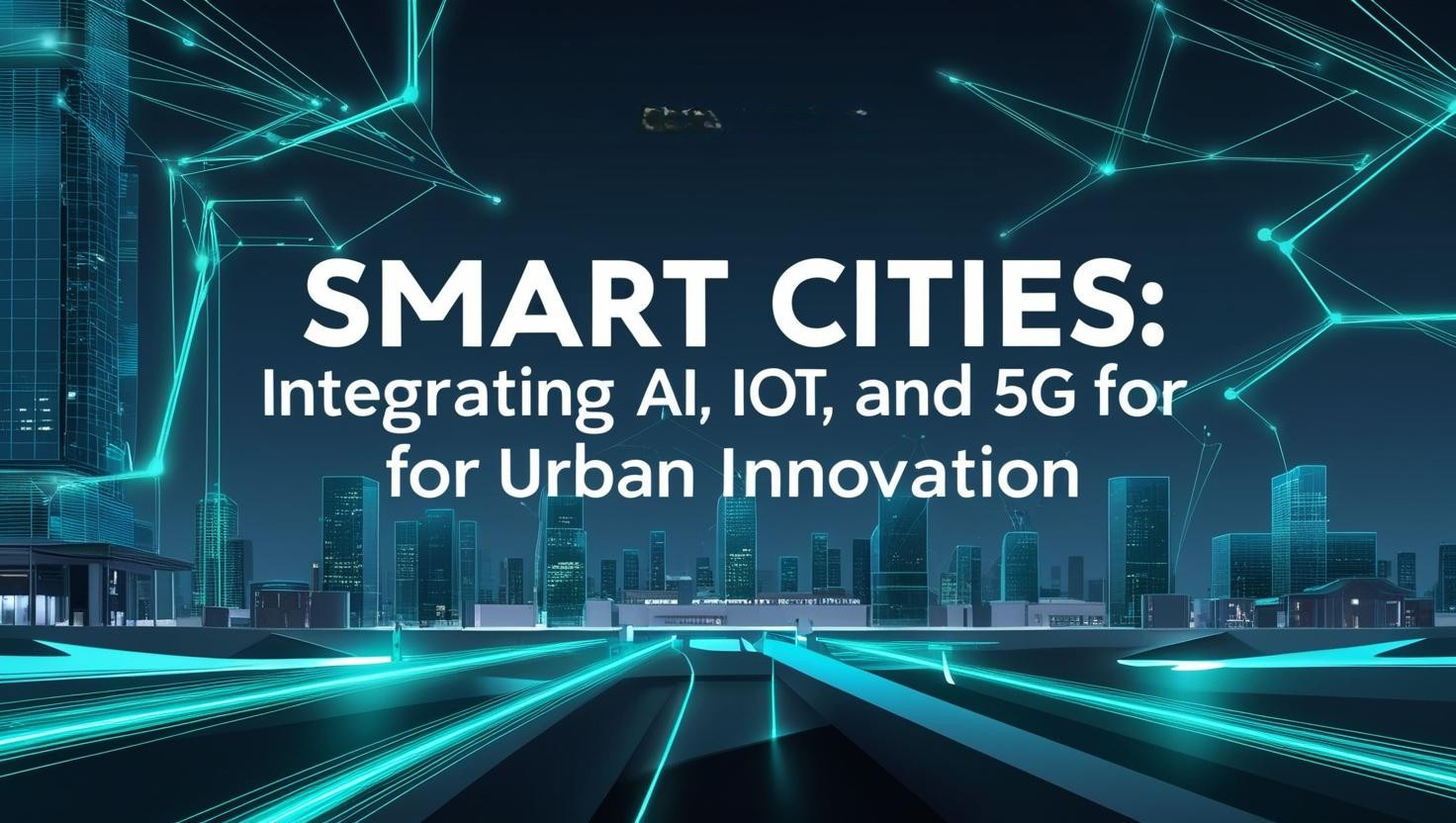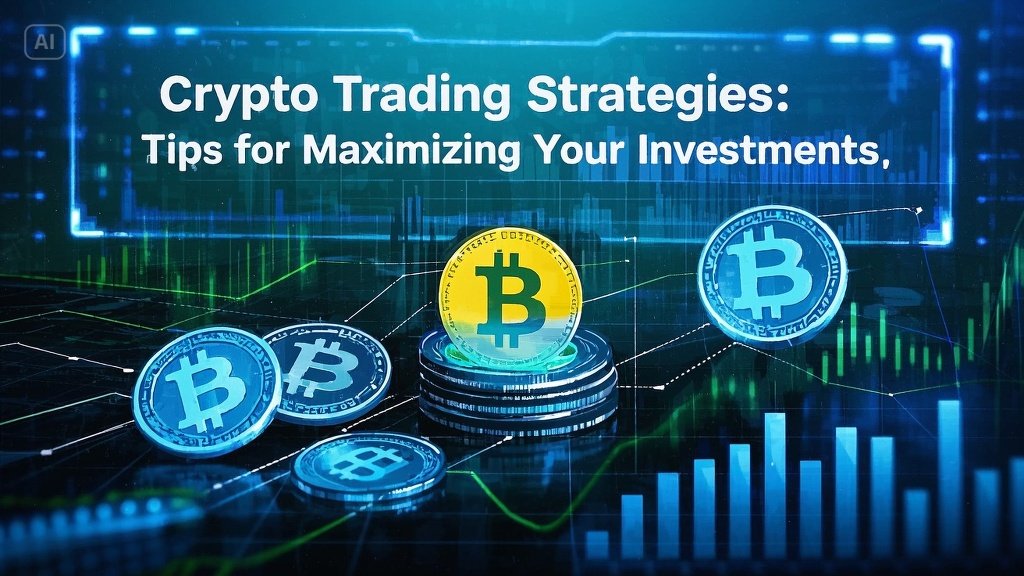Introduction
The world is urbanizing at an unprecedented pace, with over 56% of people now living in cities, a figure projected to reach 68% by 2050 (UN). This rapid growth strains resources, infrastructure, and environments, pushing cities to innovate. Smart cities emerge as a solution, blending advanced technologies to create efficient, sustainable urban spaces. Artificial Intelligence (AI), the Internet of Things (IoT), and 5G networks form the backbone of this transformation, working together to collect data, optimize systems, and connect communities. This article dives into how these technologies drive urban innovation across planning, transportation, and sustainability.
How Smart Cities Leverage AI, IoT, and 5G
Smart cities harness AI, IoT, and 5G to tackle urban challenges head-on. Each technology plays a distinct role, supported by real-world applications and data.
The Role of AI in Urban Development
AI processes massive datasets to improve city operations. In Singapore, AI-powered traffic systems predict congestion and adjust signals in real-time, cutting travel times by up to 25% (Singapore Land Transport Authority). AI also enhances public safety by analyzing crime patterns and optimizes energy use in buildings. According to McKinsey, AI-driven smart city solutions could reduce urban greenhouse gas emissions by 10-15% (McKinsey).
IoT: The Nervous System of Smart Cities
IoT connects devices like sensors and smart meters to gather real-time data. Barcelona uses IoT to monitor noise and air quality, informing policies that improve public health (Barcelona City Council). This network tracks everything from waste levels to water usage, enabling rapid responses. By 2025, over 75 billion IoT devices are expected worldwide, many fueling smart city growth (Statista).
5G: The Connectivity Backbone
5G delivers the speed and low latency needed for smart city tech. It supports millions of connected devices and powers innovations like autonomous vehicles. In South Korea, 5G networks enable smart traffic systems in Seoul, reducing delays and emissions (Korea Telecom). Analysts predict 5G could unlock $2 trillion in economic value by 2030, with cities as key beneficiaries (Nokia).
Enhancing Urban Planning and Transportation
AI, IoT, and 5G are reshaping how cities are designed and how people move within them. Here’s how, with leading examples.
AI in Urban Planning
AI analyzes data—demographics, traffic, climate—to optimize city layouts. Helsinki employs AI to plan sustainable neighborhoods, balancing housing with green spaces (City of Helsinki). It simulates urban growth, cutting planning costs and emissions.
Actionable Insight: Urban planners should adopt AI modeling tools to design resilient, future-ready cities.
IoT for Smart Transportation
IoT enhances mobility with real-time solutions. San Francisco’s SFpark uses IoT sensors to guide drivers to open parking spots, reducing congestion by 30% (SFpark). Smart traffic lights in Amsterdam prioritize buses and emergency vehicles, easing flow (Amsterdam Smart City).
Actionable Insight: Cities should deploy IoT sensors to streamline traffic and reduce urban gridlock.
5G Enabling Autonomous Mobility
5G’s near-instant data transfer powers autonomous vehicles. Dubai tests 5G-supported air taxis to bypass road congestion (Dubai RTA). Meanwhile, 5G enables Mobility-as-a-Service (MaaS) apps, integrating bikes, buses, and trains into one platform.
Actionable Insight: Policymakers should fast-track 5G infrastructure to support next-gen transport systems.
Case Study: Dubai’s Smart City Vision
Dubai aims for 25% of trips to be autonomous by 2030, leveraging 5G and IoT. Its smart traffic systems already cut delays by 20%, showcasing integrated tech in action.
Driving Sustainability in Smart Cities
Sustainability is a hallmark of smart cities, and AI, IoT, and 5G play critical roles in achieving it.
AI for Energy Optimization
AI optimizes energy use by predicting demand. Copenhagen uses AI to reduce public building energy consumption by 20%, supporting its carbon-neutral goal by 2025 (Copenhagen Solutions Lab). It also manages renewable energy integration.
Actionable Insight: Cities should implement AI to lower energy costs and meet climate targets.
IoT for Environmental Monitoring
IoT tracks environmental metrics in real time. Seoul’s IoT network monitors air quality across 50 stations, triggering alerts and policies when pollution spikes (Seoul Metropolitan Government). This helps prioritize green initiatives.
Actionable Insight: Use IoT data to guide eco-friendly urban policies and protect residents.
5G and Smart Grids
5G powers smart grids for efficient energy distribution. Barcelona’s 5G-enabled grid cuts energy losses by 15%, integrating solar and wind power seamlessly (Barcelona City Council). Future trends point to widespread adoption as 5G expands.
Actionable Insight: Invest in 5G to build smart grids that boost renewable energy use.
Case Study: Copenhagen’s Green Push
Copenhagen’s smart systems—AI for energy, IoT for monitoring, 5G for connectivity—make it a sustainability leader, targeting net-zero emissions by mid-century.
Conclusion
Smart cities are redefining urban life by integrating AI, IoT, and 5G. AI optimizes planning and energy, IoT enhances transportation and monitoring, and 5G connects it all, driving efficiency and sustainability. From Singapore’s traffic solutions to Copenhagen’s green innovations, these technologies pave the way for resilient urban futures. As cities evolve, embracing this tech trio will be vital for progress. Stay engaged with smart city trends—share your thoughts or explore further developments to shape tomorrow’s cities.


